Building the Westside Community (1940s)
Growth and Segregation
By the 1940s, Las Vegas was no longer a dusty railroad town—it was a wartime boom city. World War II brought new industries, an Army gunnery school (later Nellis Air Force Base), and thousands of new residents. The Black population swelled from just 178 people in 1940 to nearly 4,000 by 1944.
Yet prosperity was not shared equally. City ordinances and social practices confined Black families to the Westside, a neighborhood west of the railroad tracks. There, paved streets, schools, and medical facilities lagged far behind the rest of Las Vegas. Segregation meant African Americans could not buy homes elsewhere, attend white schools, or enjoy public accommodations in the city.
NAACP’s Dual Role
In this environment, NAACP Las Vegas Branch #1111 took on a dual mission: challenging discrimination while also building up the Westside. Branch leaders like James C. Sounders (president in the 1940s) spoke out against racist practices at war plants and campaigned for city services in Black neighborhoods.
The branch also played a pivotal role in education. In 1946, with NAACP support, Mabel Hoggard became the first Black teacher hired by the Clark County School District. Her appointment was a breakthrough not only for representation in education but also for the opportunities it created for Black children to learn from teachers who reflected their community.
Anchoring Black Culture and Civic Life
The Westside, though a product of segregation, became a vibrant hub of Black life. Churches like Zion Methodist and businesses like the Carver House Hotel provided gathering spaces. The NAACP anchored civic activism—organizing membership drives, hosting cultural events, and bringing national speakers to inspire the community.
These efforts laid the foundation for future struggles. The NAACP’s advocacy in the 1940s helped prepare the community for the larger civil rights battles of the 1950s and 1960s. By investing in schools, housing, and civic engagement, the branch helped transform the Westside from a marginalized enclave into the cultural and political heart of Black Las Vegas.
Seeds of Empowerment
Even as segregation persisted, the 1940s were a time of resilience. Through the NAACP’s efforts, the community built a sense of pride, identity, and agency. The Westside became a launching pad for leaders who would later drive desegregation on the Strip, in schools, and in housing.
